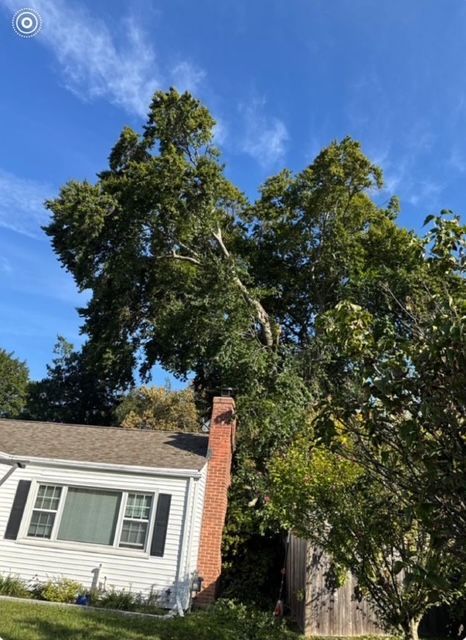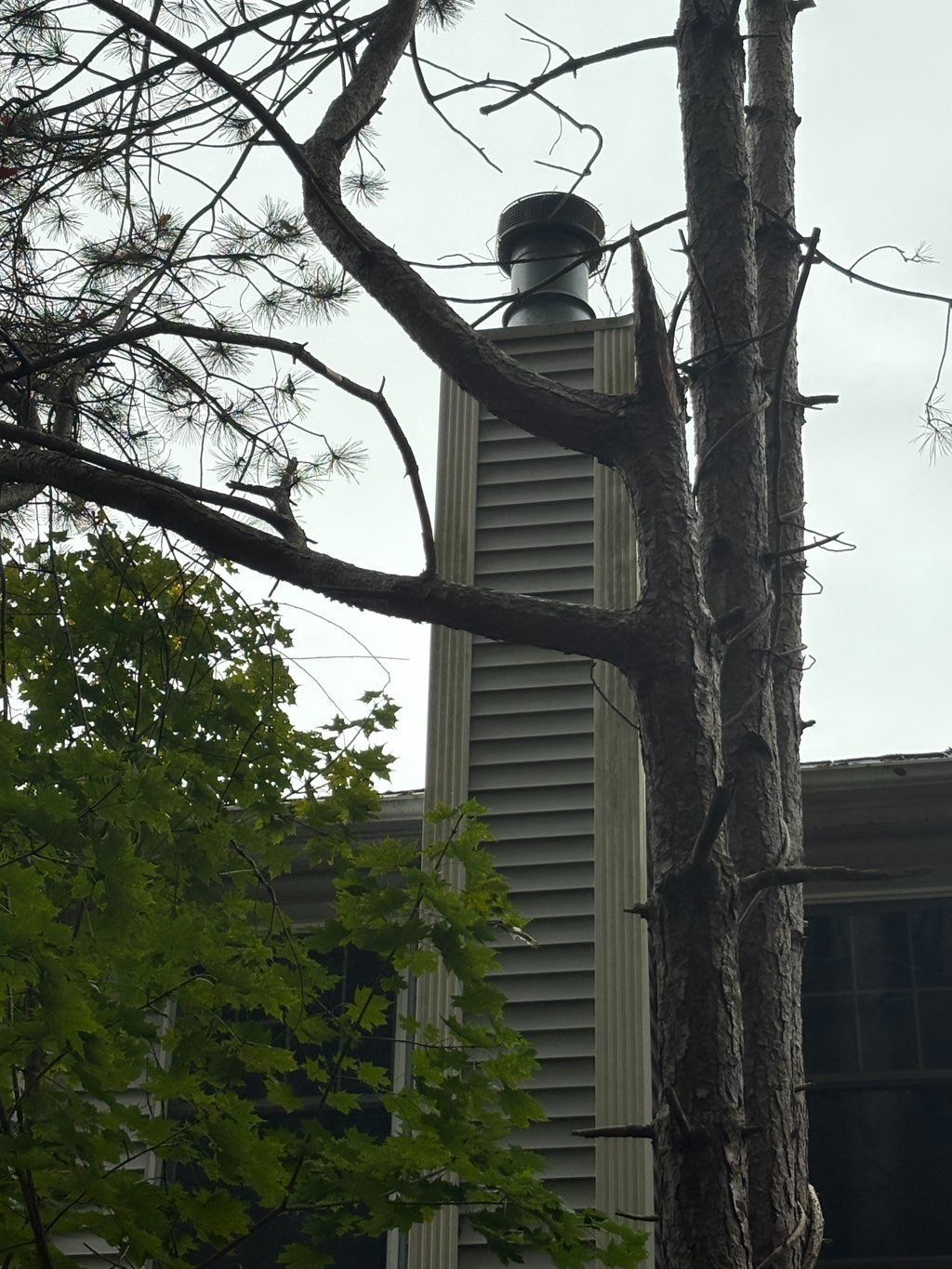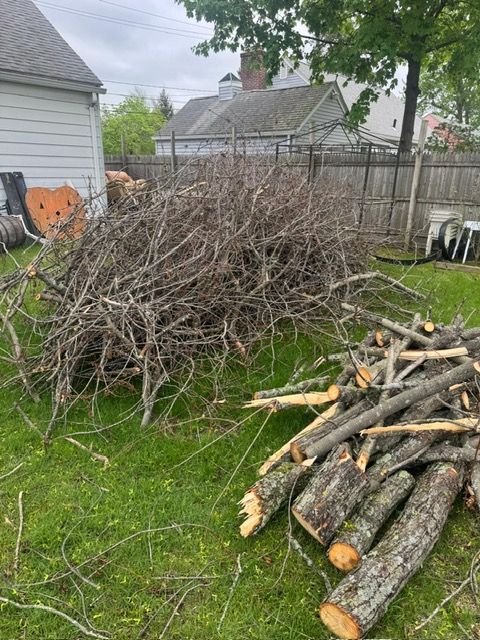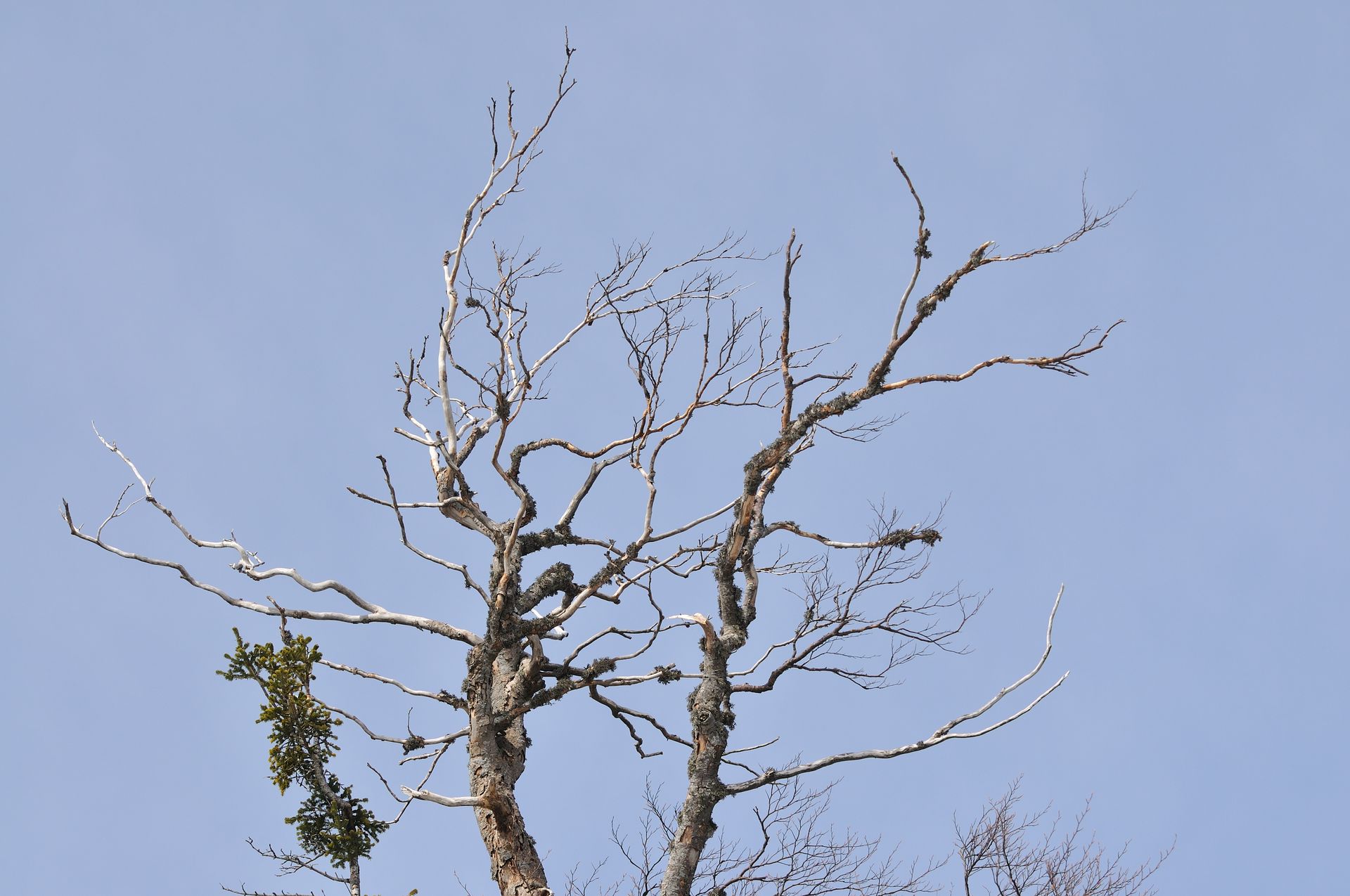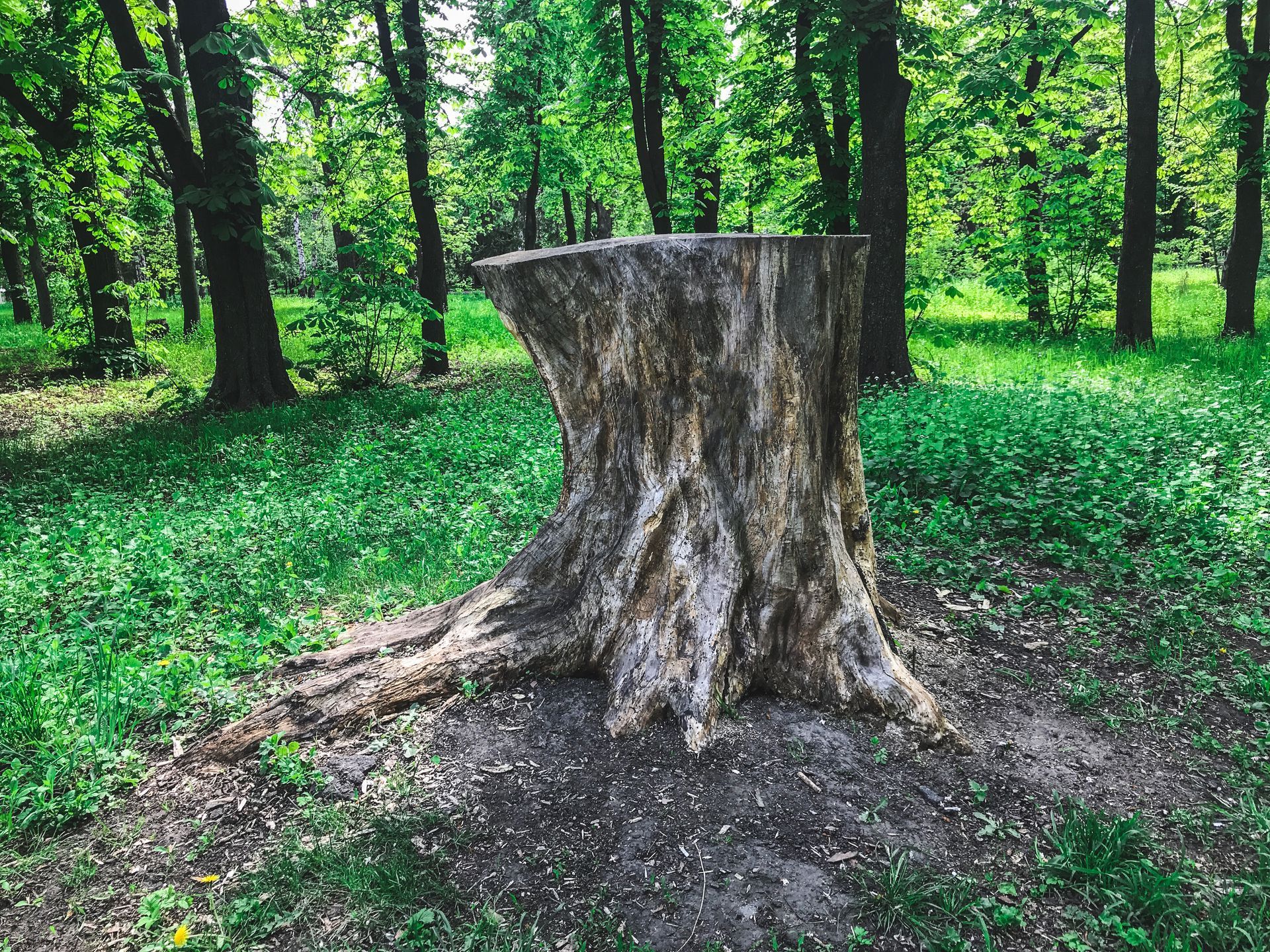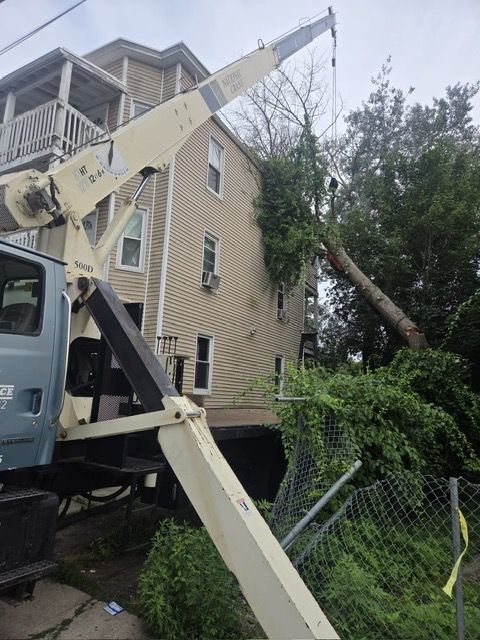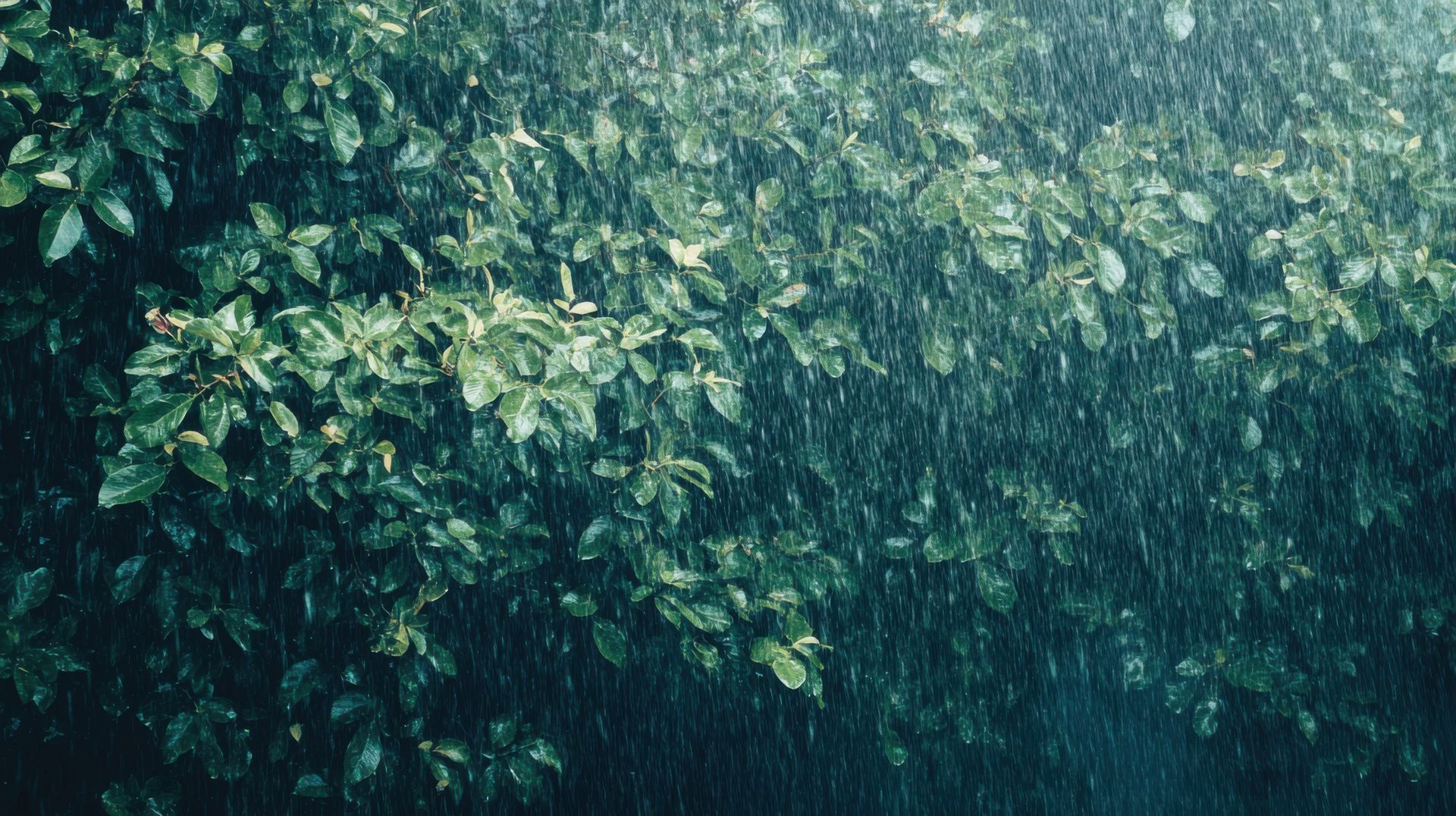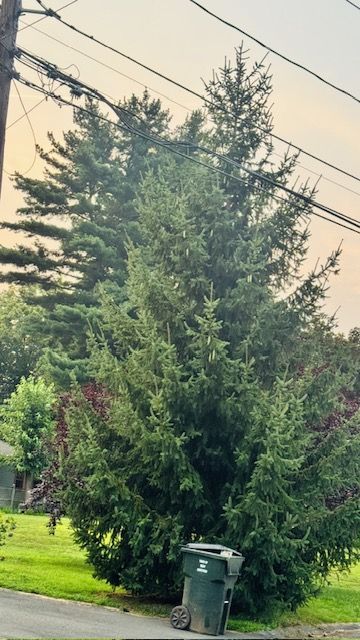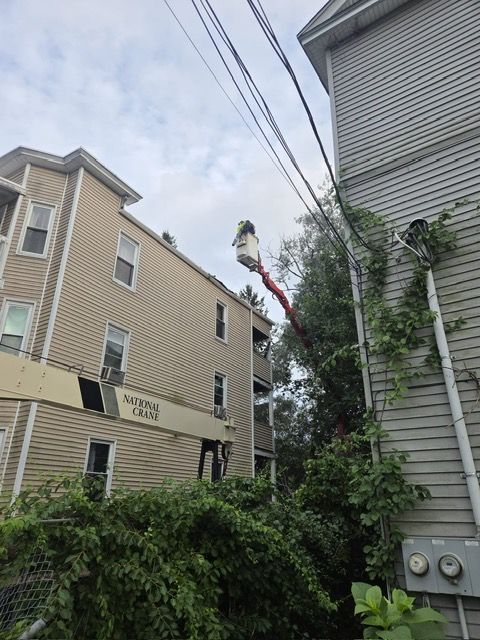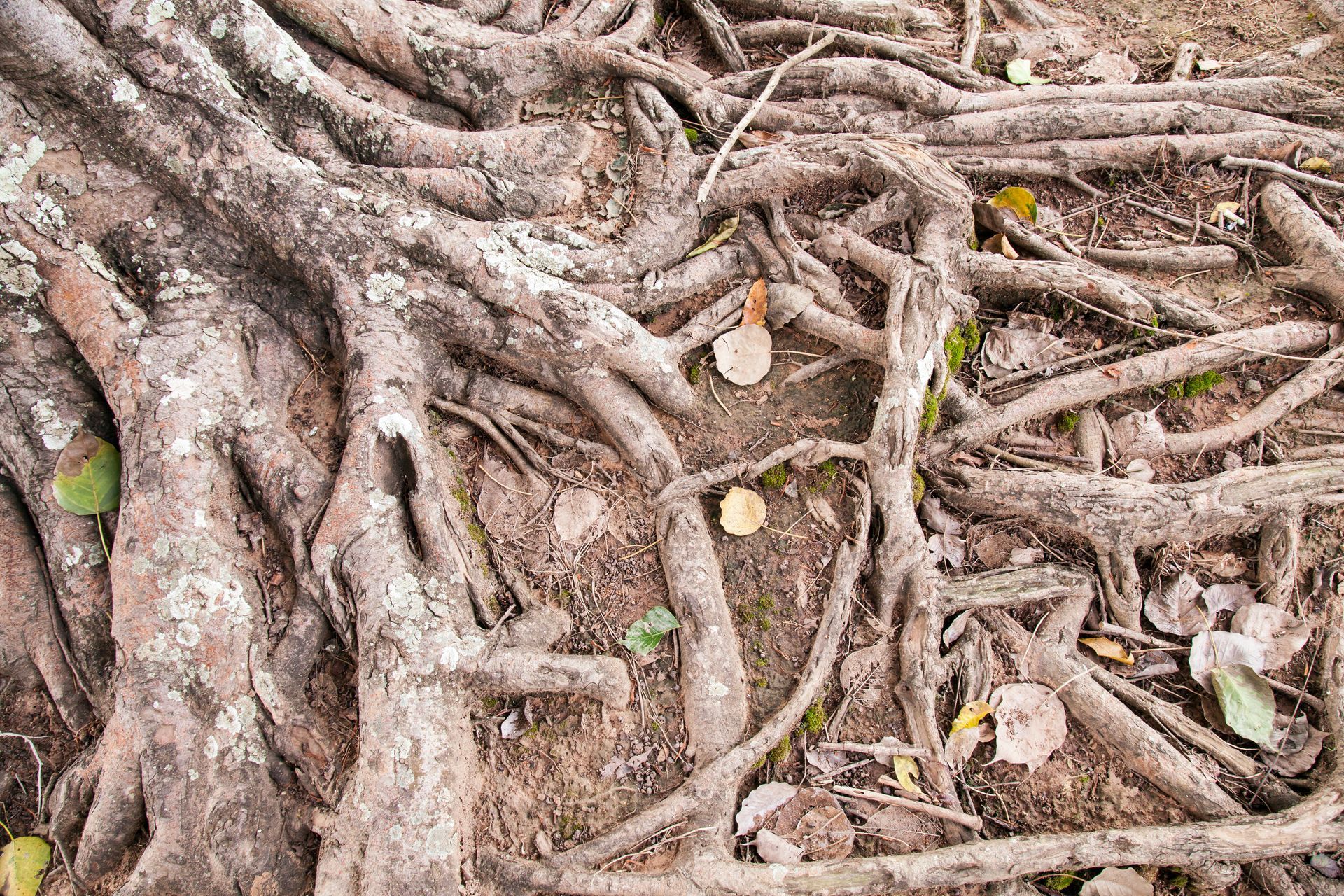Signs Your Tree is a Hazard in Bloomfield CT (Before the Next Storm Hits)
Signs Your Tree is a Hazard in Bloomfield CT (Before the Next Storm Hits)
Connecticut weather has a way of testing trees. One rough windstorm, a heavy snow, or a sudden microburst, and that old oak in your yard can go from “majestic” to “menacing” overnight. But here’s the thing—most hazardous trees give you warning signs before they come crashing down. The trick is knowing what to look for.
If you live in Bloomfield, CT or nearby towns like Windsor, West Hartford, or Hartford, catching these warning signs early can help save you a fortune in repairs and help keep your home safe.
Cracks in the Trunk or Major Branches
A healthy tree trunk should look solid and intact. If you see big cracks or splits running through the trunk or main branches, that’s a sign the tree’s structural integrity is failing. Under the pressure of heavy snow or high winds, those cracks can be the weak point where the tree snaps.
Leaning Trees That Weren’t Leaning Before
A tree that naturally grew at an angle isn’t always a danger. But if a tree that used to stand straight is now leaning noticeably—especially after a storm—it could mean the root system is shifting. That’s a hazard waiting to happen.
Dead or Hanging Limbs
Dead branches are just disasters waiting to fall. They’re brittle, weak, and more likely to fall when stressed by wind, ice, or snow. If you see limbs that look gray, dry, or hollow—or if they’re already dangling—call a professional for tree trimming or removal before they fall on their own.
Root Problems
Roots are the anchor of a tree. If they’re compromised, the whole tree is at risk. Warning signs include:
- Soil heaving or mounding near the base
- Fungal growth around the roots
- Visible rot or decay
If you notice any of these, it’s time for an inspection.
Hollow or Decayed Trunk
Not all tree damage is obvious from the outside. A trunk can rot from the inside out. Knocking gently on the trunk can sometimes reveal hollow spots. Fungi, mushrooms, or cavities in the bark are also big warning signs.
Trees Close to Your Home or Power Lines
Even a healthy tree can be a hazard if it’s planted too close to your house, driveway, or overhead lines. In a storm, falling branches or a toppled tree can cause severe damage in seconds.
What to Do If You Spot These Signs
Here’s the bottom line: if your tree shows any of these warning signs, don’t ignore them. The sooner you call a professional, the more options you’ll have—sometimes trimming or bracing is enough to save a tree before removal becomes the only solution.
At Boa Bloomfield Tree Service, we specialize in identifying hazardous trees and providing safe, professional removal when needed. Serving Bloomfield, Windsor, West Hartford, Hartford, and surrounding towns, our team is ready to handle everything from preventative trimming to emergency storm cleanup.
Final Thought
Hazard trees don’t just threaten your yard—they put your home, safety, and peace of mind at risk. A quick inspection today can save you from a dangerous (and expensive) surprise tomorrow.
If you’re unsure about a tree on your property, give Boa Bloomfield Tree Service a call. We’ll help you figure out if it’s safe to keep—or safer to remove.
